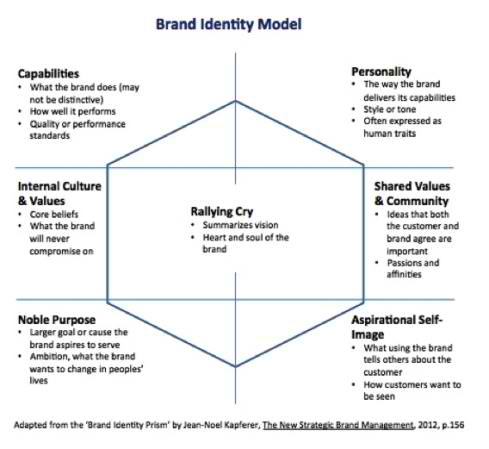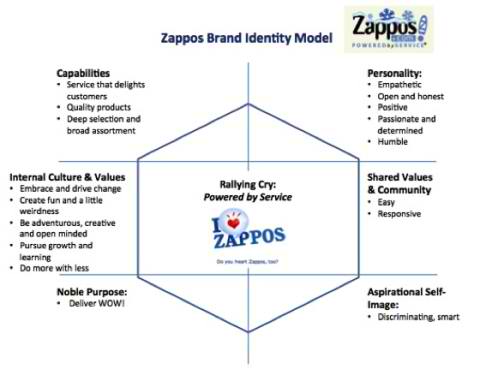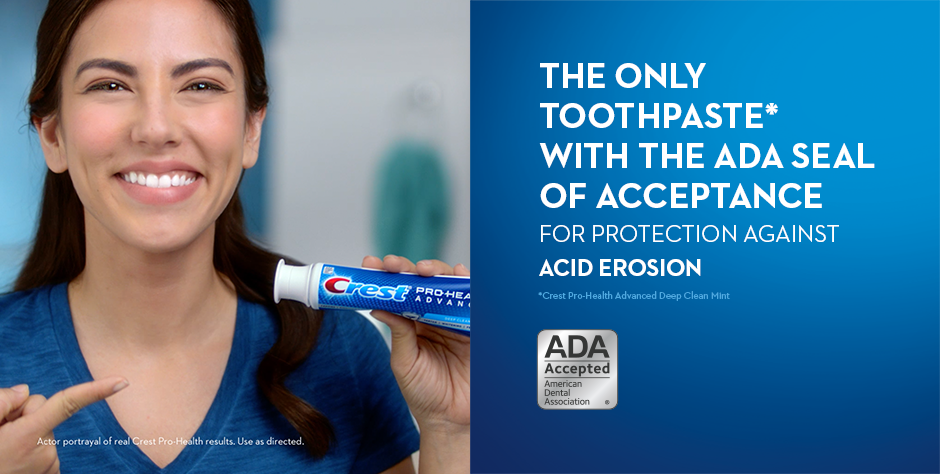In The Great Gatsby, F. Scott Fitzgerald writes, “Personality is an unbroken series of successful gestures.” Similarly, a brand is the result of an unbroken series of consistent gestures, encompassing both what it does and how it does it.
Brand Identity is the tool marketers use to articulate the rules for brand gestures. It explains how the brand will support the organization’s overall mission and objectives, and forms a bridge to making decisions about more than just marketing. Successful companies use the brand as a filter for determining whom to hire, which businesses to participate in, what partnerships to pursue and more. As a result, creating a brand identity is one of the most important steps a company can take to ensure a consistent, enduring brand.
Brand Identity is meant for internal consumption. Once developed, the best practice is to internalize it up and down the organization, so that everyone making decisions that impact the brand is working from the same understanding. Strong brands have well-defined ‘edges’ – everyone in the organization knows where the edges lie and how to respect them. Disney Cruise Lines does not have a casino and never will, despite the potential for generating revenue. Ronald McDonald will never march in a gay pride parade. These are extreme examples, but the difference between a clearly defined brand and a fuzzy one often rests on the ability to discern boundaries.
Our Brand Identity Model
There are many different ideas about the best way to define a brand identity. After reviewing several, we concluded there is no one right way, but there are elements that are important to include. All brand identities have at least three components: rallying cry, capabilities, and personality. But some brands need more elaboration. Our Brand Identity Model is an adaptation of Jean-Noel Kapferer’s “Brand Identity Prism.” It offers these three elements and four more, a reflection of the fact that the brands that are richest in meaning define themselves on more than just three dimensions.
A comprehensive Brand Identity fully elaborates each element of the prism, describing what it means and just as importantly, what it does not mean. Elaborations can include images, relevant quotes, evidence from customer research, third party endorsements or product claims. The resulting Identity forms the basis of the brand expression guidelines, communications and internal brand activation programs, so it’s worth taking time to get it right.
Here is a brief description of each element:
Capabilities: What do we do?
Capabilities describe what the brand has to do well to win with customers. This usually means how it performs relative to what customers want and need from the category. Capabilities often include ideas like ‘quality’, ‘innovation’, ‘reliability’, ‘service’, and ‘selection’, and are what should come to mind first when stakeholders think of the brand.
Personality: How do we deliver?
Capabilities describe what a company does, Personality describes how. Most brands in a category have similar capabilities, and differ in their ‘personality’, or the way they deliver. Jennifer Aaker identified five primary dimensions for describing brand personality: sincerity, ruggedness, sophistication, excitement, and competence. Each of these ‘Big Five’ has a number of sub-dimensions. Some brands include additional traits, such as ‘humor,’ ‘social’ and ‘compassion’ in their personalities.
Internal Values & Culture: What do we care about most? How do we treat one another?
Company culture has always been important to iconic brands, such as Nike, Apple, Google and Harley-Davidson. Passionate, engaged employees also explain much of the success of legendary service brands such as Ritz Carlton, Southwest Airlines and Nordstrom’s. It is the key to understanding the difference between these brands and their competitors. Many company founders were also customers – that is, highly engaged users of their products or services with a clear and aligned set of values. As companies grow, it is imperative that they ensure employees and other stakeholders are inspired by the brand and want to live its values. This facet of the Brand Identity ensures that culture is genuinely nurtured by internal branding efforts as well as customer-facing activities.
Shared Values & Community: What do we have in common?
Our Brand Identity model takes into account the growing importance of shared values and experiences in brand building. Leading brands create, inspire, support and embrace ways to engage customers in immersive experiences. Harley Davidson’s HOGs emerged independently from the company and express the freedom of the open road. Patagonia adopted Dirt Bags as the embodiment of the Brand’s rugged, outdoors, minimalist values. Today, digital and social media are redefining community and providing brands with tools that make it easier than ever to help their users to find one another, compare notes and share their stories.
Noble Purpose: Why do we exist?
Noble Purpose answers the most important question addressed by the Brand Identity. Asked another way: ‘What would customers be missing if the brand didn’t exist?’ Anne Bahr Thompson calls this question the ‘CEO Test,’ meaning what would the CEO say when asked, “So what is this brand/organization really about?” For Kashi, the answer to the question is Seven Whole Grains on a Mission. For Virgin it’s Consumer Champion. For Pampers, it’s Happy Baby. For Innocent, it’s No Poisons. These are more than phrases, they are compelling forces that resonate with customers, inspire loyalty and motivate internal audiences. David Aaker writes:
“Shared value suggests that profits that are imbued with a social purpose can enable companies to grow while advancing society. It frames the enterprise mission and objectives in a new way. All profits are not equal. Those that advance society are better and those that detract from society are inferior.”
Today, most strong brands address customers’ quest for meaning by becoming cultural champions, demonstrating their alignment with one or more causes that resonate with the values of their customers. Brands that offer a larger vision of the world create a kind of ‘ideological glue’ that invites customers and prospects to express their solidarity by identifying and engaging with the brand. In his book, We First: How Brands and Consumers Use Social Media to Create a Better World, Simon Mainwaring refers to these brand communities as ‘brand nations’ and suggests that in the future, purpose will be essential to creating emotionally invested customers.
Rallying Cry: What does it all add up to?
A rallying cry (sometimes called ‘brand essence’ or ‘brand mantra’) summarizes the identity in 3-4 words. It should be internally motivating. For example, the Payless ShoeSource rallying cry is “Democratizing fashion footwear.” This is a far cry from its origins as a store for cheap plastic shoes, and provides an inspirational reason for employees to go to work every day. The rallying cry should summarize the most important facets of your model. Here are some classic brand mantras.
- Nike: Authentic Athletic Performance
- Disney: Fun Family Entertainment
- Ritz-Carlton: Ladies & Gentlemen Serving Ladies & Gentlemen
- BMW: The Ultimate Driving Machine
- Betty Crocker: Homemade Made Easy
Applying the Model: Zappos
Zappos started out in 1999 selling shoes online, grew to over a dozen merchandise categories and over $1 billion in revenues, and was acquired by Amazon in 2009. From early on, the team recognized that Zappos was a service company that just happened to sell shoes. The Zappos rallying cry and noble purpose reflect the brand’s commitment to service. For Zappos, going to extremes to delight customers is a brand capability. As a result, Zappos enjoys a reputation for legendary customer service. This capability informs decisions regarding returns, shipping upgrades, and speed of service. When expressed as part of the Brand Identity, capabilities challenge employees to reach higher. In the case of Zappos, a representative once even helped a hungry caller who was away from home find a place she could get a late-night pizza!
The Zappos brand was launched with very clear culture and set of core values that permeate every function, from recruiting to the call center to the warehouse. Zappos interviews people for fit. Unlike most retailers, who focus on product and valorize the merchants, “Zappos wants people who are passionate about service, and don’t care if they’re passionate about the product.” The Zappos culture shapes the Brand Identity.
Brand Identity Should Be Motivating and Enduring
Unlike positioning which is inherently comparative, it is not necessary for the Brand Identity to be differentiating in each and every facet. Differentiation can occur in any of the facets and ideally should occur in more than one. Today, differentiation is as likely to result from a deep recognition and participation in a subculture or a sense of shared purpose or community as from a product feature or functional benefit.
Brand Identities are meant to last. They are not buffeted by changes in competition, product or consumer trends. While specific products and messages may change with the times, the underlying Brand Identity needs to be stable, to ensure coherence and to allow the accumulated impact of brand decisions to be felt. An identity should stay in place five to seven years or even longer if there is no compelling reason to revisit it.
When is the last time you looked closely at your Brand Identity? If you can answer many but not all of the questions raised by each prism element, you may simply need to add to what you already have. If you cannot answer most of the questions, it may be time to revisit your Brand Identity.
Contributed to Branding Strategy Insider by: Carol Phillips and Judy Hopelain of Brand Amplitude
The Blake Project Can Help: Please email us for more about our purpose, mission, vision and values and brand culture workshops.
Branding Strategy Insider is a service of The Blake Project: A strategic brand consultancy specializing in Brand Research, Brand Strategy, Brand Licensing and Brand Education






